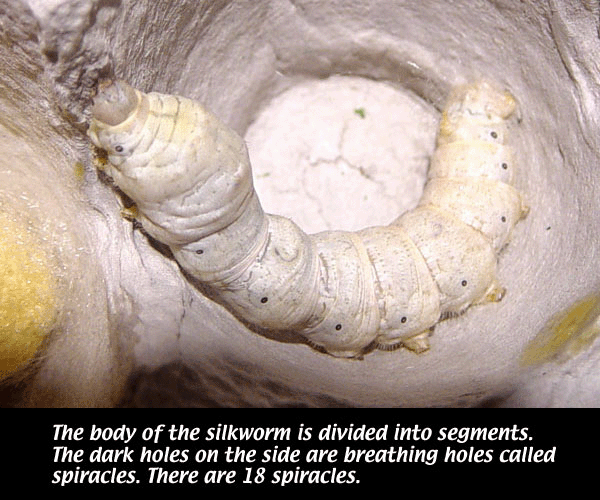We've had 11.5 mm of rain in the past twenty four hours.
The temperature is still below 13 oC and humidity is now 91%.
Heating is still on inside the house.
Silkworms continue to thrive.
Larger silkworms are now 1.75cm in length.
You can see from the leaves above that the silkworms do a good job of finishing off the leaves.
I am noticing though, that they don't seem to like all the leaves equally.
Younger, less leathery leaves are their preference.
Tomorrow, three batches of fifteen silkworms will go to new homes.
Originally, I thought I had about 300 silkworms but now I'm doing rough calculations at over 400!
If you live in the Blue Mountains N.S.W. Australia and would like to purchase some feel free to contact me via this blog!
The going price is 15 silkworms for $5.
I understand that in the pet shops the silkworms are going for $1.50 each.
In the above photograph you can now see the various sizes of the silkworms.
The largest one on the right measure around 17mm.
The stripes on the silkworms skin is also becoming more and more obvious.
Because of the stripes these silkworms are called Zebra Silkworms.
Not all silkworms have stripes.
Some are a creamy white without any stripes.
This does not mean that they do not belong to the same species, rather it's a genetic variation, just like one brother may have brown eyes, and another brother blue.

















































